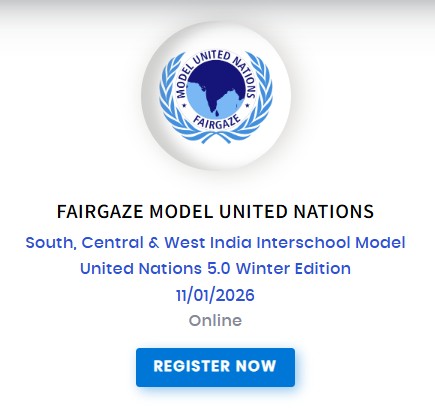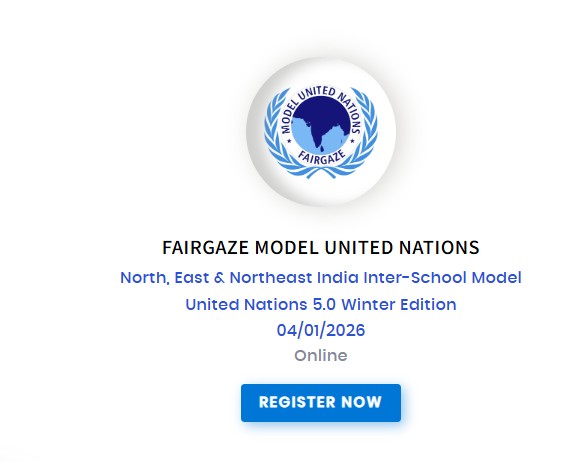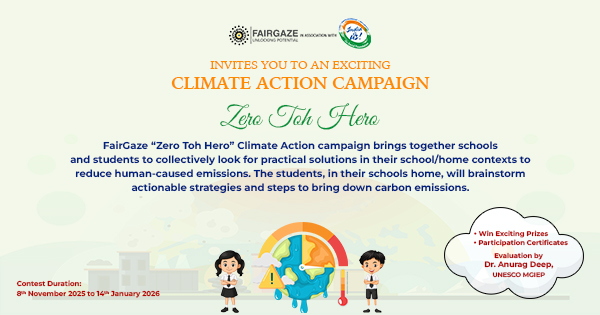
The Beginnings Of A New Gay World
Editorials News | Oct-20-2019
“In the late 19th century, there was an increasingly visible presence of gender-non-conforming men who were engaged in sexual relationships with other men in major American cities,” says Chad Heap, a professor of American Studies at George Washington University and the author of Slumming: Sexual and Racial Encounters in American Nightlife, 1885-1940.
In extension to these groups, whom social extremist in the early 1900s would call “male sex perverts,” many of nightclubs and theaters were featuring stage performances by female comedian; these spots were mainly located in the Levee District on Chicago’s South Side, the Bowery in New York City and other largely working-class neighborhoods in American cities.
By the 1920s, gay men had established a presence in Harlem and the bohemian mecca of Greenwich Village (as well as the seedier environs of Times Square), and the city’s first lesbian enclaves had appeared in Harlem and the Village.
Gay Life in the Jazz Age
As the United States entered an era of unprecedented economic growth and prosperity in the years after World War I, cultural mores loosened and a new spirit of sexual freedom reigned. The flapper, with her short hair, figure-skimming dresses and ever-present cigarette and cocktail, would become the most recognizable symbol of the Roaring Twenties, her fame spreading via the new mass media born during that decade. But the ‘20s also saw the flourishing of LGBTQ nightlife and culture that reached beyond the cities, across the country, and into ordinary American homes.
Though New York City may have been the epicenter of the so-called "Pansy Craze," gay, lesbian and transgender performers graced the stages of nightspots in cities all over the country. Their gathering contained many straight men and women anxious to experience the culture themselves (and enjoy a good party) as well as ordinary LGBTQ Americans seeking to expand their social networks or find romantic or sexual partners.
“It gave them many more possible places they could go to meet other people like themselves,” Heap says of the Pansy Craze and accompanying lesbian or Sapphic craze, of the ‘20s and early to mid-‘30s. “At its peak, when many common heterosexual men and women were going to locale that advertised queer entertainment, it probably also supply useful cover for queer men and women to go to the same venues.”
The fame of LGBTQ nightlife and culture during this period was certainly not limited to urban populations. Stories about drag balls or other performances were sometimes picked up by wire services, or even broadcast over local radio. “You can discover them in certain newspaper coverage in abrupt places,” Heap says.
By – Abhishek Singh
Content - https://www.history.com/news/gay-culture-roaring-twenties-prohibition?cmpid=HV_O_Site_H_HP_LGBTQ
Related News
-
Nepal's Hydropower Projects
-
Improving Education in Nepal
-
Women's Empowerment in Nepal
-
Nepal's Agricultural Development
-
Advances in Russian Neuroscience: New Hope for Patients
-
Russian Scientists Discover New Gene Therapy Techniques
-
Russia's Biomedical Industry: Growing Innovations
-
History of Indigo Plantation in Colonial India
-
Diwali: Festival Of Lights Not Crackers
-
Impact of Social Media on the Culture
Most popular news
- The Law Of Equivalent Exchange
- Essay On Issues And Challenges Of Rural Development In India
- Srinivasa Ramanujan And His Inventions
- The Youth Is The Hope Of Our Future!
- Poverty In India: Facts, Causes, Effects And Solutions
- Top 20 Outdoor Games In India
- Festivals Of India: Unity In Diversity
- Role Of Women In Society
- The Impact Of Peer Pressure On Students' Academic Performance
- Books As Companion




